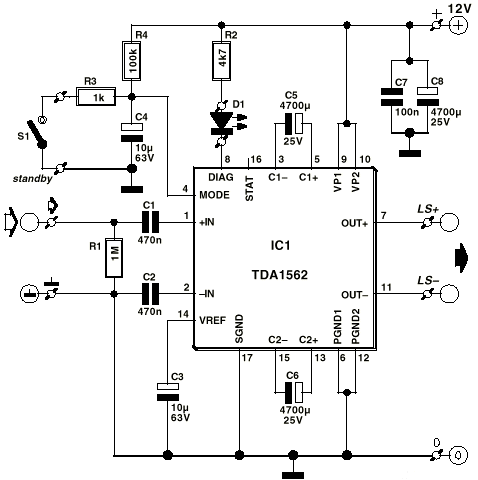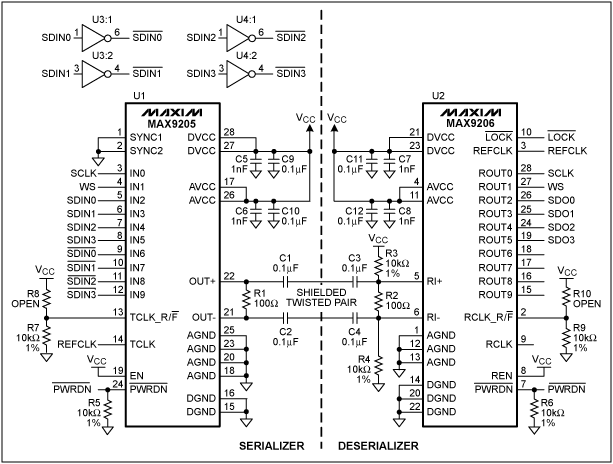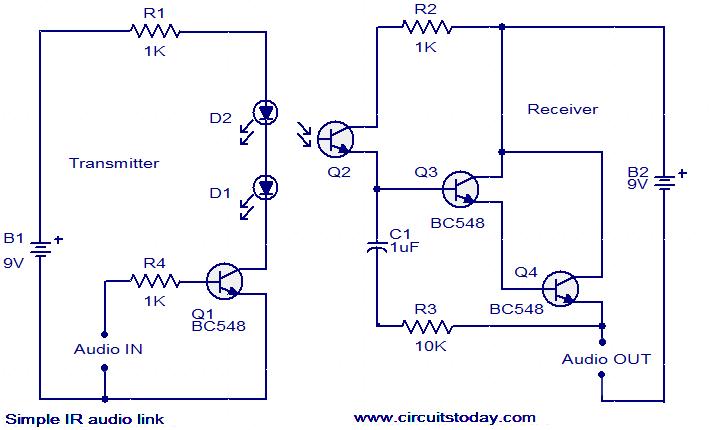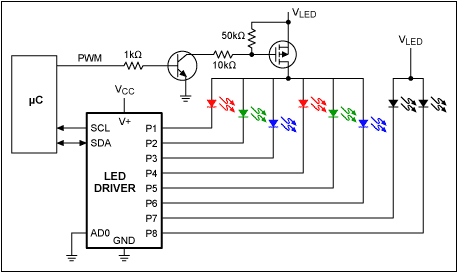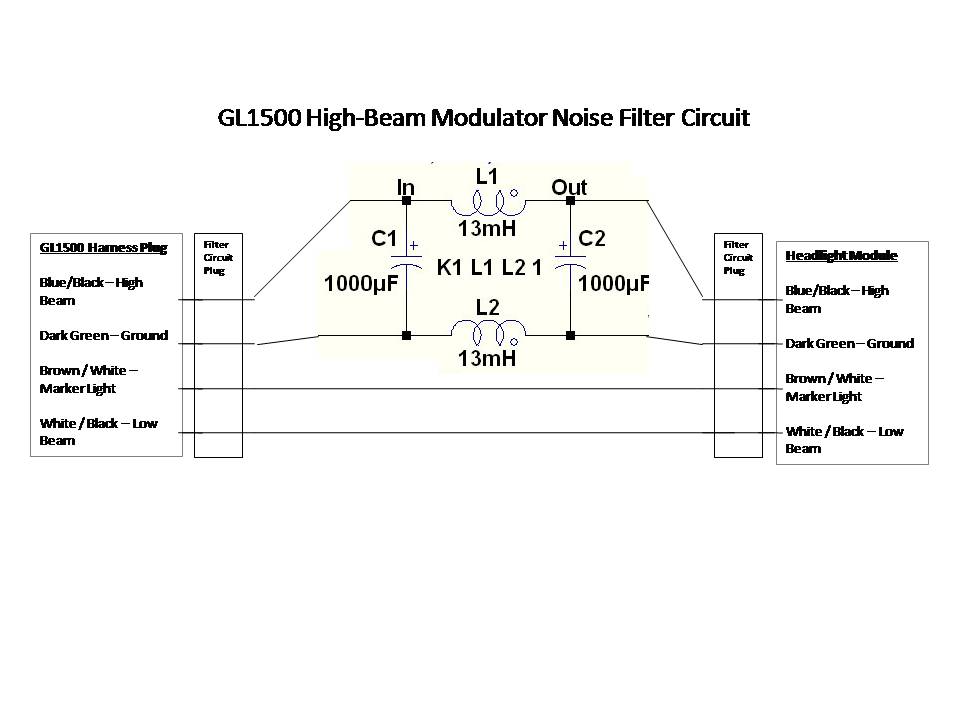
Audio line driver
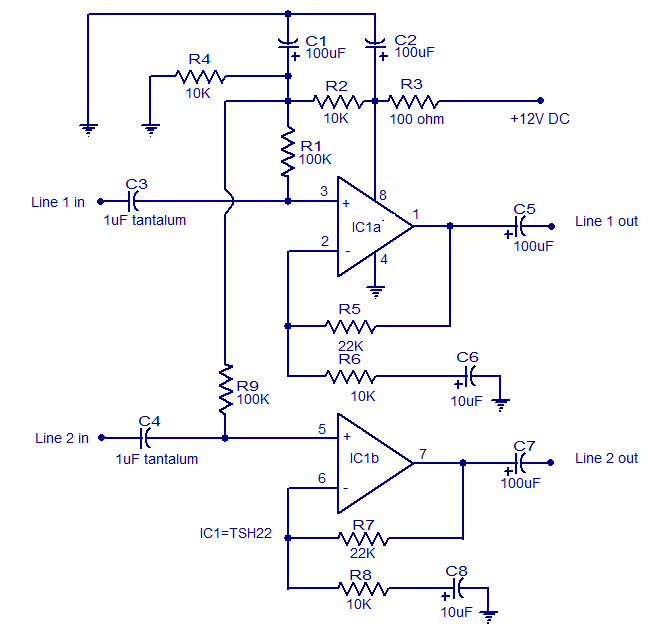
This is the circuit diagram of a two-channel audio line driver utilizing the high-performance dual op-amp IC TSH22 from ST Microelectronics. The IC features a 25 MHz bandwidth, low distortion, and high output current, enabling it to drive medium impedance loads at elevated modulation levels. Both op-amps within the IC are configured as non-inverting amplifiers with a gain of 3, one for each channel. Input line 1 is connected to the non-inverting input of IC1a, while input line 2 is connected to the non-inverting input of IC1b. The non-inverting inputs of the op-amps IC1a and IC1b are biased to a slight positive voltage using resistors R1 and R9, respectively. Resistors R4 and R2 are employed to create a phantom ground at half the supply voltage.
The two-channel audio line driver circuit employs the TSH22 dual op-amp IC, which is renowned for its high performance in audio applications. The op-amps are configured as non-inverting amplifiers, allowing for a gain of 3, which is suitable for boosting audio signals without introducing significant distortion. The configuration ensures that both channels maintain a balanced output, essential for stereo applications.
In this design, the non-inverting inputs of the op-amps are connected to audio input lines, facilitating the amplification of audio signals. The resistors R1 and R9 serve as biasing elements, providing a stable reference voltage to the non-inverting inputs, which is crucial for maintaining linearity and preventing signal clipping during high modulation levels.
Additionally, the phantom ground created by resistors R4 and R2 at half the supply voltage is a vital aspect of the circuit. This setup allows the op-amps to operate effectively within their linear range and ensures that the output signals are centered around a reference point, minimizing noise and improving overall audio quality.
Overall, this circuit design exemplifies a robust approach to audio signal amplification, utilizing high-performance components and careful biasing techniques to achieve optimal performance in two-channel audio applications.This is the circuit diagram of a two channel audio line driver using the high performance dual opamp IC TSH22 from ST Microelectronics. The 25 MHz bandwidth, low distortion and high output current of the IC makes it possible to drive medium impedance loads at a high level of modulation.
Here both of the opamps inside the IC are wired as non invert ing amplifiers with 3X gain, one for each channel. Input line 1 is connected to the non inverting input of IC1a and input line 2 is connected to the non inverting input of IC1b. The non inverting inputs of the opamps IC1a and IC1b are pulled to a slight positive voltage using the R1 and R9 respectively.
The resistance R4 and R2 are used to make a phantom ground at half the supply voltage. 🔗 External reference
The two-channel audio line driver circuit employs the TSH22 dual op-amp IC, which is renowned for its high performance in audio applications. The op-amps are configured as non-inverting amplifiers, allowing for a gain of 3, which is suitable for boosting audio signals without introducing significant distortion. The configuration ensures that both channels maintain a balanced output, essential for stereo applications.
In this design, the non-inverting inputs of the op-amps are connected to audio input lines, facilitating the amplification of audio signals. The resistors R1 and R9 serve as biasing elements, providing a stable reference voltage to the non-inverting inputs, which is crucial for maintaining linearity and preventing signal clipping during high modulation levels.
Additionally, the phantom ground created by resistors R4 and R2 at half the supply voltage is a vital aspect of the circuit. This setup allows the op-amps to operate effectively within their linear range and ensures that the output signals are centered around a reference point, minimizing noise and improving overall audio quality.
Overall, this circuit design exemplifies a robust approach to audio signal amplification, utilizing high-performance components and careful biasing techniques to achieve optimal performance in two-channel audio applications.This is the circuit diagram of a two channel audio line driver using the high performance dual opamp IC TSH22 from ST Microelectronics. The 25 MHz bandwidth, low distortion and high output current of the IC makes it possible to drive medium impedance loads at a high level of modulation.
Here both of the opamps inside the IC are wired as non invert ing amplifiers with 3X gain, one for each channel. Input line 1 is connected to the non inverting input of IC1a and input line 2 is connected to the non inverting input of IC1b. The non inverting inputs of the opamps IC1a and IC1b are pulled to a slight positive voltage using the R1 and R9 respectively.
The resistance R4 and R2 are used to make a phantom ground at half the supply voltage. 🔗 External reference
